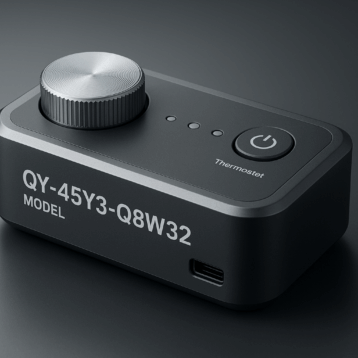|
Continuous high-speed internet access on trains is possible only if the train itself is equipped with a dish, or “reflector,” which both transmits and receives signals from an orbiting satellite. However, this is problematic on many routes, since standard hardware for such a purpose is simply too big to fit in some tunnels on the way. The proposed new alternative developed by researchers from the University of York in the U.K. comes in the form of a dome-shaped plastic lens that’s half the height of a typical satellite dish, capable of tracking signals from multiple satellites at once.
According to the scientists, the developed prototype has proven to be able to receive digital video broadcasts, achieving transfer rates of over four megabits of data per second. The novel design, they say, differs from a conventional satellite system, since in contrast to the traditional method, where a whole dish has to move to track incoming signals, the Luneburg lens has a built-in mechanism to overcome this constraint, which becomes especially problematic when dealing with hardware that is constantly on the move.
|
Thornton’s device bounces incoming radiation off its base as the lens concentrates the reflected radiation to a single point on its surface where it’s collected by a motorized antenna (feed), only this feed needs to move in order to track the signal. Moreover, several such feeds can be simultaneously active around the lens surface, collecting data from various satellites at once. This approach, says Thornton, increases the redundancy of the system – “If one of the possible feeds isn’t working, then you’ve got a spare.” The different beams could also be used to provide different services – for example, one can deliver live television broadcasts, while the other will be used for internet access.
One of the issues facing the scientists was the decision on what materials would be most appropriate for their design. “The traditional approach would be to make [the lens] out of novel materials with certain properties,” says Thornton. “I thought, ‘What materials are practical and could work?’” The lens was eventually built using the common plastics polyethylene and polystyrene – materials that are both capable of delivering good quality and are less expensive than those traditionally used to make Luneburg lenses.
|
Some have raised questions as to why the team has decided to base the system on satellite tracking instead of relying on 3G, an increasingly popular telecommunication standard in cellular-telephone networks. To this Thornton replies by saying that 3G doesn’t currently have “the kind of geographic coverage required for continuous Internet access along train routes.” He also says, “Each base station can only offer the highest data rates to users typically one or two kilometers away, so a truly vast number would be needed to cover all the railway routes in a country the size of the USA, or even France.”
The team of scientists is currently at a testing stage of their design, and Thornton says he is already trying to find a suitable commercial partner for the invention. The research has been supported by a grant from the European Space Agency.













